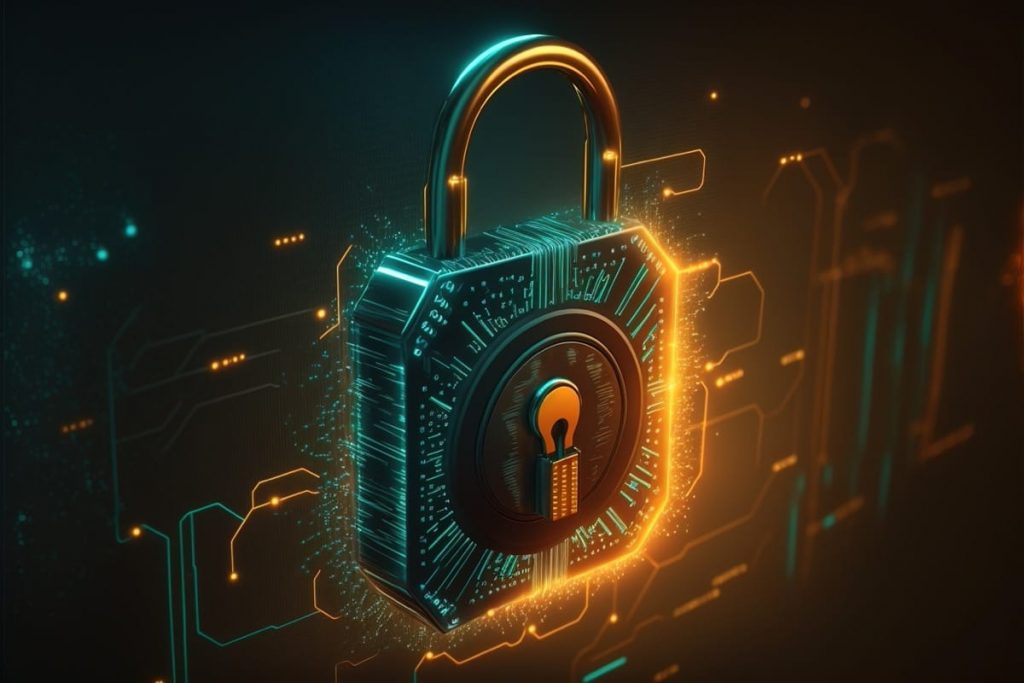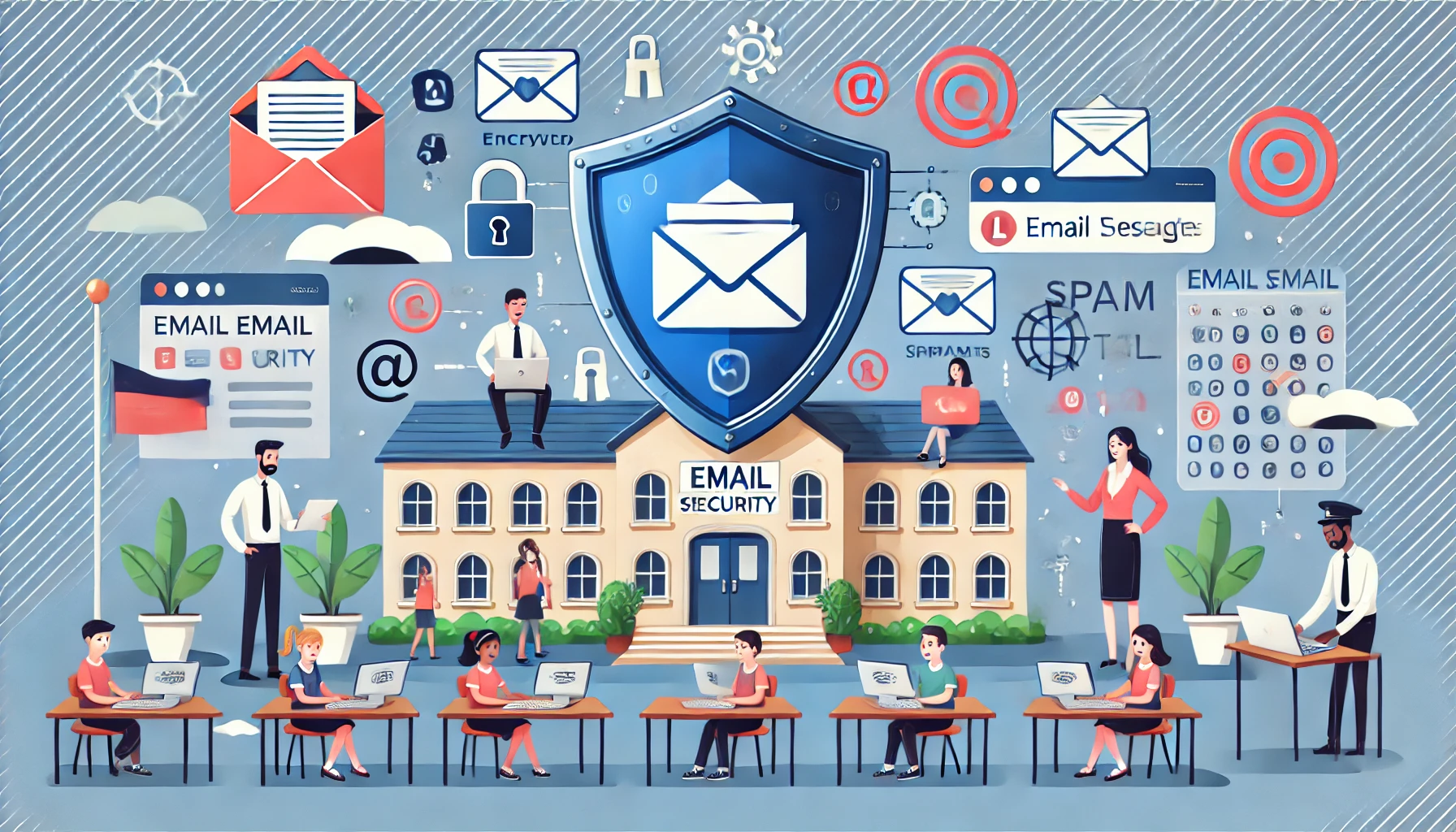Remote access has become an integral part of modern work environments, allowing individuals to connect to corporate networks and resources from outside the traditional office setting. However, ensuring the security of remote access is of paramount importance to protect sensitive data and maintain the integrity of organizational networks. This article outlines best practices for securing remote access to help individuals and organizations establish a robust and secure remote working environment.
1. Use a Secure Virtual Private Network (VPN)
Implementing a secure virtual private network (VPN) is essential for remote access. A VPN encrypts the connection between a user’s device and the corporate network, ensuring the confidentiality and integrity of transmitted data. Choose a reputable VPN provider and configure it to use strong encryption protocols, such as OpenVPN or IPsec.
2. Enable Two-Factor Authentication (2FA)
Enforce the use of two-factor authentication (2FA) for remote access. Two-factor authentication adds an extra layer of security by requiring users to provide an additional piece of information, typically a unique code generated by a mobile app or sent via SMS, in addition to their username and password. This prevents unauthorized access even if login credentials are compromised.
3. Implement Strong Password Policies
Enforce strong password policies for remote access accounts. Require users to create complex passwords that include a mix of uppercase and lowercase letters, numbers, and special characters. Encourage regular password changes and prohibit the use of easily guessable passwords.
4. Regularly Update Remote Access Software and Systems
Keep remote access software and systems up to date with the latest security patches and updates. Regularly check for updates provided by the software vendor and promptly apply them to mitigate known vulnerabilities and ensure the security of remote access tools.
5. Limit Access Based on User Roles and Least Privilege
Adopt the principle of least privilege when granting remote access privileges. Only provide users with the access they need to perform their specific job functions. Implement role-based access controls (RBAC) to limit access to sensitive resources and data, reducing the risk of unauthorized access.
6. Monitor and Log Remote Access Activities
Implement monitoring and logging mechanisms to track remote access activities. By monitoring access logs, organizations can detect suspicious behavior, identify potential security incidents, and respond proactively to mitigate risks. Regularly review access logs and investigate any anomalies or suspicious activities.
7. Educate and Train Remote Users
Educate remote users about best practices for remote access security. Provide training on topics such as identifying phishing emails, avoiding suspicious websites, and securely connecting to remote networks. Regularly reinforce security awareness to ensure remote users remain vigilant and informed.
8. Enable Endpoint Security Measures
Implement robust endpoint security measures for remote devices. Require remote users to have up-to-date antivirus software, firewalls, and other security tools installed on their devices. Encourage regular scans for malware and ensure that devices connecting remotely are secure and free from any compromise.
9. Secure Remote Desktop Protocol (RDP) Connections
If using Remote Desktop Protocol (RDP) for remote access, secure the connections by implementing best practices. Use strong encryption for RDP connections, enforce the use of strong passwords, and limit RDP access to authorized users only. Consider using a VPN in conjunction with RDP for an additional layer of security.
10. Regularly Audit and Assess Remote Access Security
Perform regular security audits and assessments of remote access systems and policies. Identify areas of improvement, address vulnerabilities, and ensure that security controls are effective. Regularly review and update remote access security policies to align with evolving threats and industry best practices.
Conclusion
Securing remote access is crucial to protect sensitive data, maintain the integrity of organizational networks, and mitigate the risks associated with remote work. By following these best practices, individuals and organizations can establish a secure remote access environment. Implementing a secure VPN, enabling two-factor authentication, enforcing strong password policies, and regularly updating software and systems are just a few essential steps toward enhancing remote access security. Stay vigilant, educate remote users, and regularly assess and improve security measures to stay one step ahead of potential threats in the ever-changing digital landscape.


